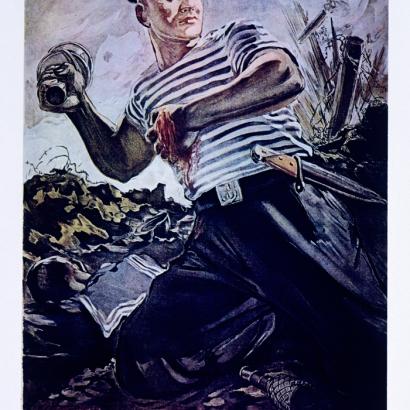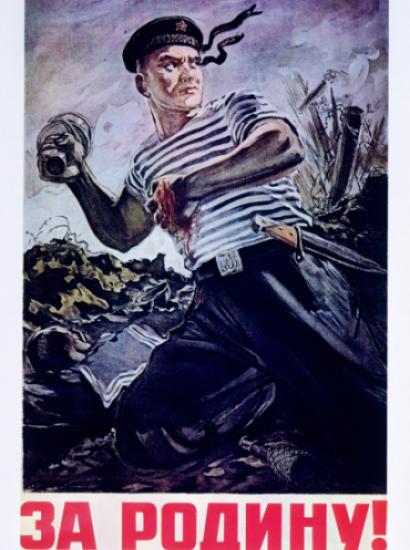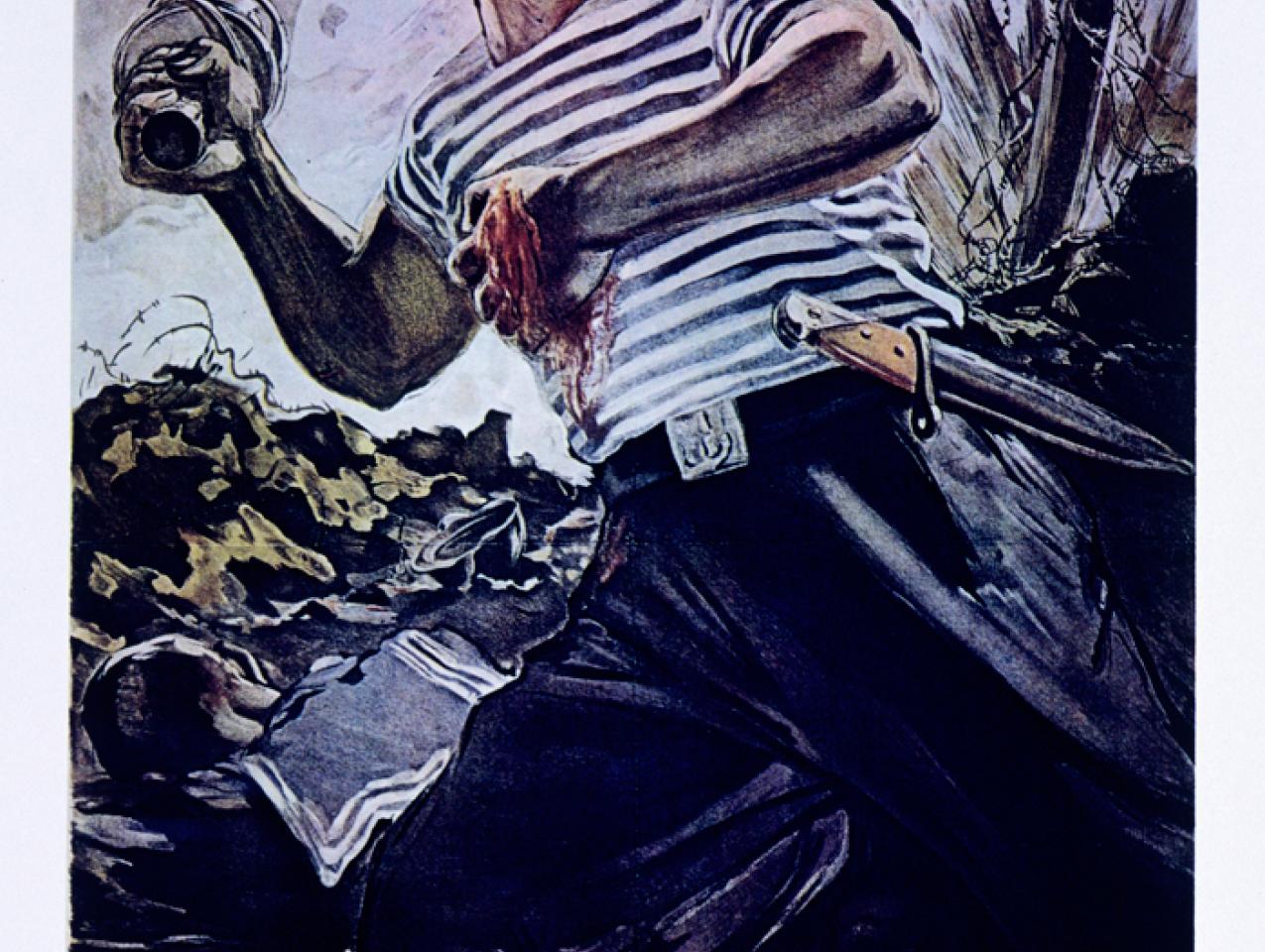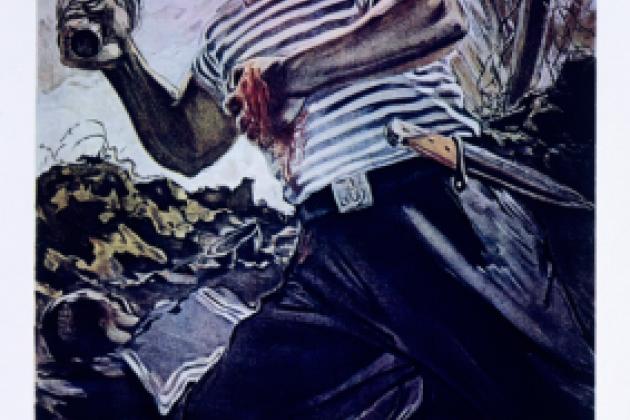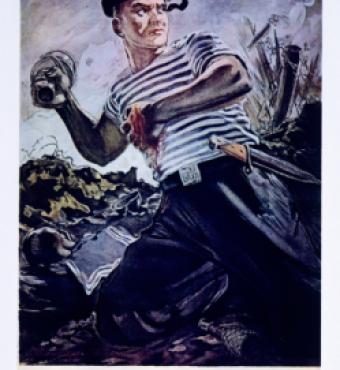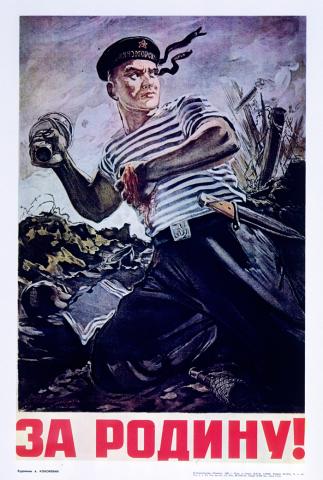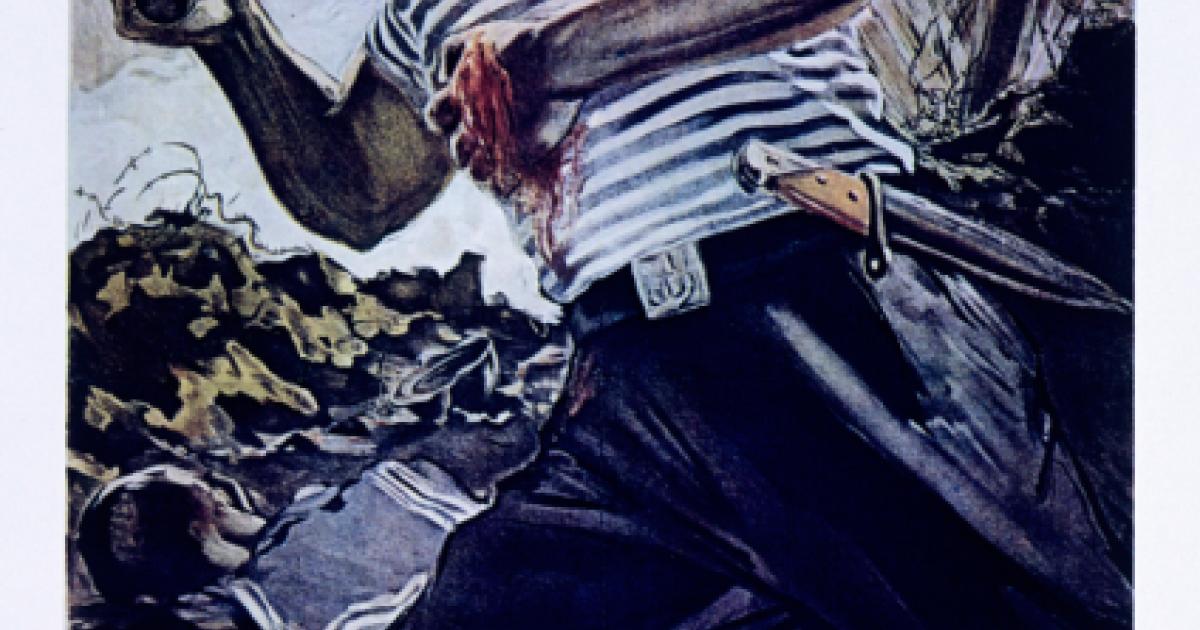- History
- Military
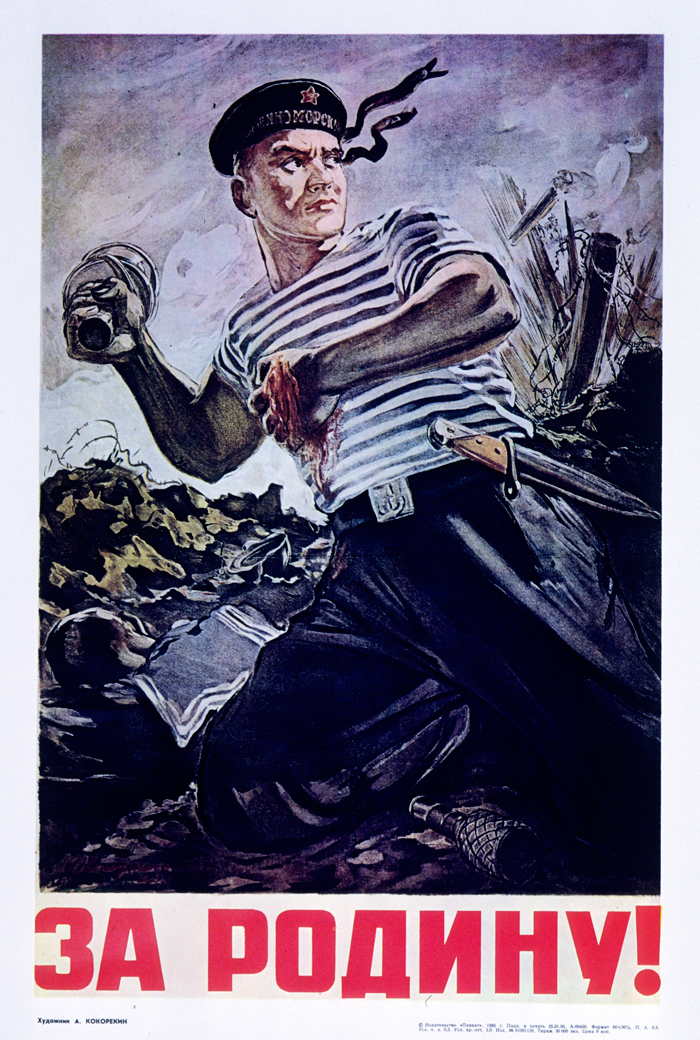
Russia’s recent buzzing of NATO ships and planes in the Baltic points to something bigger. In the past several years Russia has engaged in a major naval and military buildup in the Baltic region. The epicenter is the city of Kaliningrad, Russia’s forward operating base, located on the south shore of the Baltic between Lithuania and Poland—about 600 miles southwest of St. Petersburg, Russia. The Kaliningrad area houses the Russian Baltic fleet and two air bases. It boasts Russia’s only year-round ice-free port on the Baltic Sea.
The Russians have poured over 10,000 troops, an air and missile defense system, and various warships into Kaliningrad as well perhaps as short-range nuclear-capable missiles. It’s all part of an overall Russian military buildup in recent years that, combined with NATO downsizing, gives Russia conventional military superiority in the Baltic. Whether Russia’s aim is strictly defensive, an aggressive move against the three former Soviet Baltic states (Estonia, Latvia, and Lithuania), an attempt to humiliate and weaken NATO or some combination of the above is for the West a matter of debate—and of worry. How not, after Russian moves in Georgia, Crimea, Ukraine, and Syria? Military historians, however, might focus on the ironies.
Kaliningrad means “Kalinin City.” But who was Kalinin? Mikhail Kalinin, born a Russian peasant, was an old Bolshevik and member of Stalin’s inner circle who survived by keeping his head down. Kalinin was President of the Presidium of the Supreme Soviet, a relatively weak position, when he died of natural causes in 1946. Three large cities were named for him, but two have since been renamed; only the city on the Baltic retains the name of Kalinin. In that it is a reminder of a bygone era: Leningrad is gone, Stalingrad is gone, but Kaliningrad lives on, a relic of communism long past the Soviet Union’s sell-by date.
But that’s not the biggest irony of Russia’s base on the Baltic. Kaliningrad is the capital of a Connecticut-sized territory that the Soviets seized from Germany after World War II. Before 1945 the area was part of the German region of East Prussia. In those days Kaliningrad was called Königsberg, which means “King’s Hill.” The Teutonic Knights conquered it in the Middle Ages from natives who had traded far and wide—not only with the Vikings but also, in earlier times, with the Roman Empire.
Königsberg is probably best known as the home of Immanuel Kant (1724-1804), one of the greatest modern philosophers. A moralist and metaphysician, Kant was also a political thinker. He envisioned a world of constitutional republics, moderate regimes, each governed by the rule of law, and each balancing popular power with aristocracy and monarchy. In such states, Kant argued, the majority would never vote to go to war except in self-defense. He further imagined a league of nations to resolve conflict. The result would be what he called “perpetual peace.”
Such was Kant’s dream. Today the spread of constitutional government and the existence of the United Nations provide some grounds for hope, but only some. The reality of Kaliningrad and the confrontation in the Baltic remind us that perpetual peace is more an aspiration than a reality.







